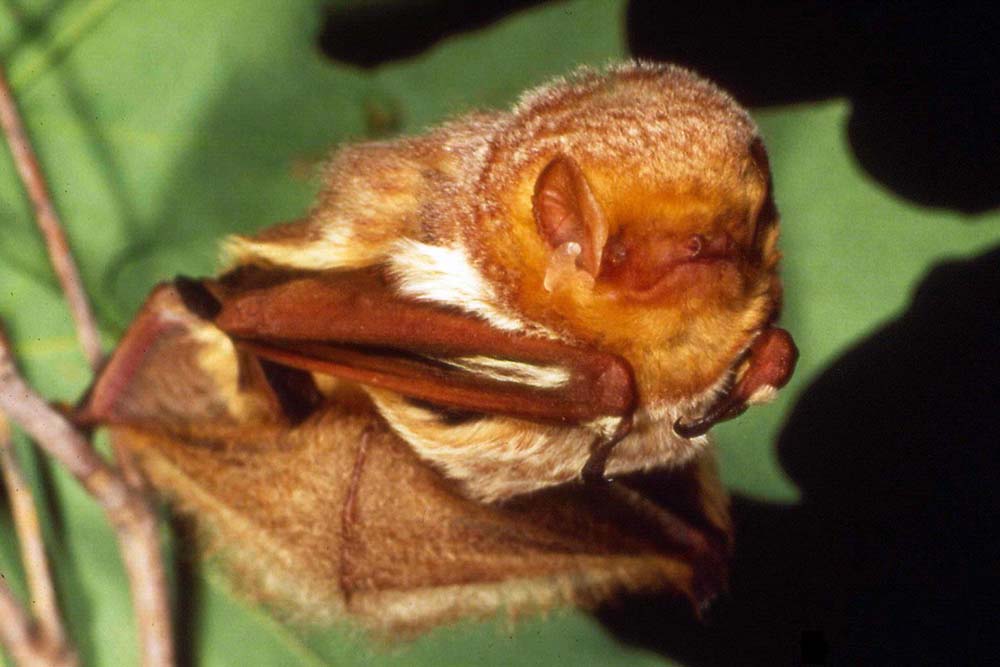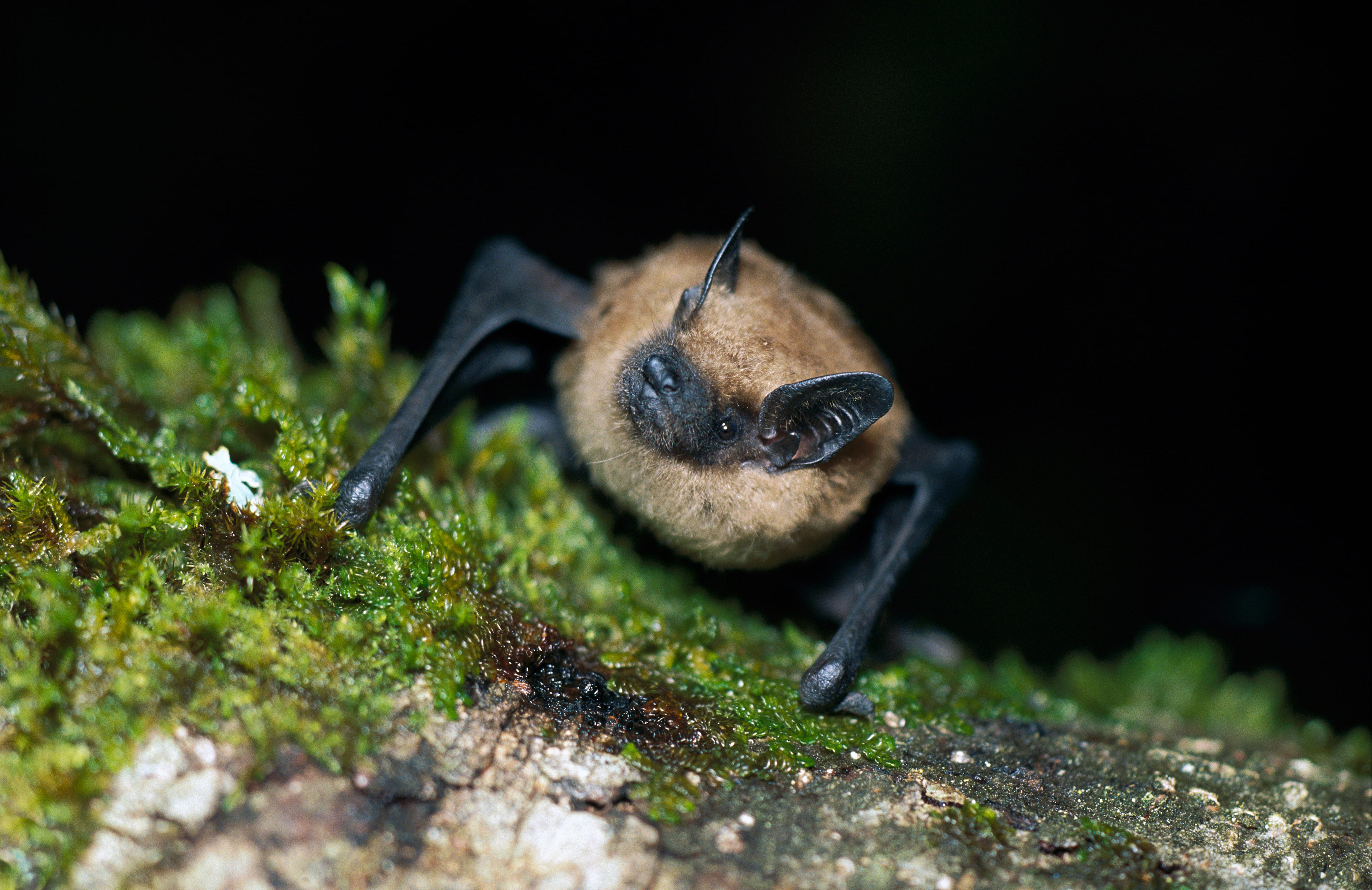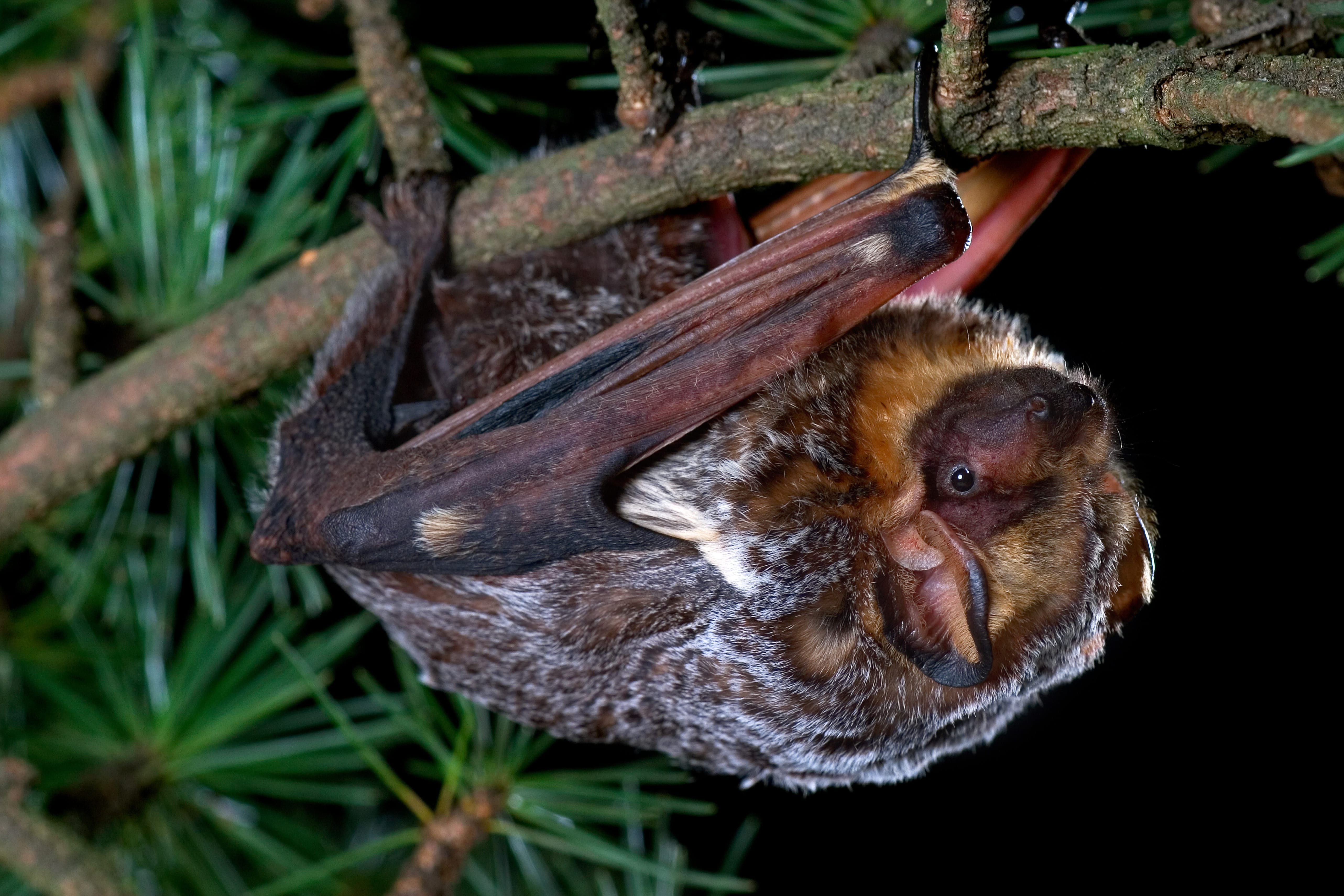Bats are fascinating creatures that have been on Earth for more than 50 million years. With over 1,400 species worldwide, bats are the second largest order of mammals. The United States is home to about 45 species of bats, including some of the largest bats in the world.
In this article, we will explore the top 5 largest bats in the United States and where you might encounter them. From the Western Mastiff Bat to the Silver-Haired Bat, these bats can be found in a variety of habitats and are most active at night.
You are reading: The Top 5 Largest Bats in the United States And Where You Might Encounter Them
Whether you are a bat enthusiast or just curious about these amazing creatures, read on to learn more about the top 5 largest bats in the United States.

The Top 5 Largest Bats in the United States And Where You Might Encounter Them
Western Mastiff Bat
The Western Mastiff Bat (Eumops perotis) is the largest bat native to North America. This species is also known as the Western Bonneted Bat, the Greater Mastiff Bat, or the Greater Bonneted Bat.
The Western Mastiff Bat is a member of the free-tailed bat family, Molossidae. It is found in the Western United States, Mexico, and South America.
The subspecies Eumops perotis californicus is a species of concern as identified by the U.S. Fish and Wildlife Service. The range of this subspecies is principally southwest desert regions of the United States, along the border with Mexico.
The Western Mastiff Bat can be distinguished from all other North American molossid (free-tail) species based on size. With a forearm of 73-83 mm, it is North America’s largest molossid bat.
Read more : 9 Types Of Jellyfish
The Western Mastiff Bat feeds primarily on insects which they catch in flight. These bats rarely utilize night roosts and feed at night, with foraging ranges. However, almost nothing is known about the behavior or status of this species.
Big Brown Bat

The Big Brown Bat (Eptesicus fuscus) is a species of vesper bat that is widely distributed throughout North America, the Caribbean, and the northern portion of South America. Here are some key facts about this species:
– The Big Brown Bat is relatively large compared to other microbats, weighing 15-26 g (0.53-0.92 oz) and possessing a wingspan of 32.5-35 cm (12.8-13.8 in).
– The Big Brown Bat is found in virtually every American habitat ranging from timberline meadows to lowland deserts, though this species is most abundant in urban areas.
– This species is a generalist in its foraging behavior and habitat selections, seemingly showing little preference for feeding over water vs. land, or in forests vs. clearings.
– The Big Brown Bat is an insectivore that feeds primarily on small beetles, but will consume prodigious quantities of a wide variety of night-flying insects.
– Big Brown Bats are colonial species that roost in a variety of locations, including trees, caves, and buildings.
– Common maternity roosts can also be found in buildings, barns, bridges, and bat houses.
– Big Brown Bats are considered one of America’s most beneficial animals, as they help control insect populations.
– Bats and humans can coexist peacefully, and designing and installing bat houses can provide a safe and comfortable roosting place for these animals.
Overall, the Big Brown Bat is an important and fascinating species that can be found in a wide variety of habitats throughout North America.
Hoary Bat

The Hoary Bat (Lasiurus cinereus) is a species of bat in the vesper bat family, Vespertilionidae, and is the most widespread bat species in the United States. Here are some key facts about this fascinating species:
– The Hoary Bat is the largest bat normally found in Canada, with an average length of 13 to 14.5 cm (5.1 to 5.7 in), a wingspan of 40 cm (15.5 in), and a weight of 26 g (0.92 oz).
– Its coat is dense and dark brown, with white tips on the hairs that give the species its ‘hoary’ appearance, for which it is named.
– The body is covered in fur, except for the undersides of the wings.
– Males and females are dimorphic in body mass, with females being 40% heavier than males.
– The Hoary Bat is a long-distance migrant, spending the winter in Central America and the southwestern United States and the spring and summer in more northern latitudes in the United States and Canada.
– This species is the most widespread of all bats in the United States, and although not yet recorded in Alaska, it is thought to occur in all 50 states.
– The Hoary Bat occupies the widest range and variety of habitats of any New World bat, living from Argentina and Chile northward through Canada.
– It can be found in pine-hardwood forests of the eastern U.S., arid deserts, and ponderosa pine forests of the Southwest, but is most abundant in mixed deciduous forests and croplands of the Plains States and in coniferous forests of the Pacific Northwest.
– In Washington, the Hoary Bat is the largest bat species, measuring 5 to 6 inches long with a wingspan of about 15 inches.
– The Hoary Bat is a solitary species, usually living alone or in family groups consisting of a mother and her young, except during migration.
– Males and females apparently come together only to mate in the fall, and females typically give birth between mid-May and late June, with the vast majority having twins, but can have litters of one to four pups.
Eastern Red Bat
The Eastern Red Bat (Lasiurus borealis) is a species of microbat in the family Vespertilionidae. Here are some key facts about this species:
– The Eastern Red Bat is widely distributed in forested regions, occurring from southern Canada through Central America and into Chile and Argentina.
– Eastern Red Bats are widespread across eastern North America, with additional records in Bermuda.
– This species is a medium-sized bat with a reddish-orange coat, with adult males being brightly colored, in contrast to the more grayish females and juveniles.
– The Eastern Red Bat is a tree bat that roosts in the foliage of deciduous or sometimes evergreen trees.
– Despite their bright red color, these bats are actually rather cryptic and can blend in well with the leaves of trees.
– The Eastern Red Bat is 3.5 to 4.5 inches in length with a wingspan of about 13 inches.
– It has small, rounded ears and long, silky fur that is rusty red-orange in color, with males showing brighter coloring than females.
– The Eastern Red Bat is a solitary species, except during the mating season.
– Females give birth to one to four pups in late May or early June.
– This species is an insectivore that feeds primarily on moths, but will also eat other insects such as beetles, flies, and mosquitoes.
Overall, the Eastern Red Bat is a fascinating species that can be found throughout eastern North America and into Central and South America.
Silver-Haired Bat
Read more : 14 Types Of Dabbling Ducks
The Silver-Haired Bat (Lasionycteris noctivagans) is a species of vesper bat in the family Vespertilionidae. Here are some key facts about this species:
– The Silver-Haired Bat is a medium-sized bat that is predominantly black with white-tipped hairs, giving it a frosted appearance.
– This species has a flattened skull with a broad rostrum and weighs around 8-12 g (0.28-0.42 oz), with a total length of approximately 100 mm (3.9 in), a tail length of 40 mm (1.6 in), and a forearm length of 37-44 mm (1.5-1.7 in).
– The Silver-Haired Bat is the only member of the genus Lasionycteris and is a solitary migratory species that is found in most of the United States, with the exception of the southeastern and southwestern coasts, as well as in Canada, Mexico, and Central America.
– This species is most commonly found in forested areas, particularly in coniferous, mixed coniferous, and deciduous forests.
– Silver-Haired Bats are insectivores that feed primarily on moths, but will also eat other insects such as beetles, flies, and mosquitoes.
– This species roosts in trees, under loose bark, and in tree cavities.
– Females give birth to one or two pups in late May or early June.
Overall, the Silver-Haired Bat is a fascinating species that can be found throughout much of North America and is an important insectivore in forested ecosystems.
FAQS
1. How many species of bats are there in the United States?
There are about 45 species of bats in the United States, with additional species found in U.S. territories in the Pacific and Caribbean.
2. What is the largest bat in the United States?
The Western Mastiff Bat (Eumops perotis) is the largest bat in the United States, with a wingspan of up to 2.3 feet and a weight of up to 2 ounces.
3. Where can I find these bats?
The top 5 largest bats in the United States can be found in a variety of habitats, including forests, deserts, and urban areas. The Western Mastiff Bat is found in the southwestern United States, including California, Arizona, New Mexico, and Texas. The Big Brown Bat is found throughout the United States and Canada. The Hoary Bat is found throughout the United States and Canada, as well as in Central and South America. The Eastern Red Bat is found throughout eastern North America and into Central and South America. The Silver-Haired Bat is found throughout much of North America, including the United States, Canada, Mexico, and Central America.
4. What do these bats eat?
These bats are insectivores that feed primarily on moths, but will also eat other insects such as beetles, flies, and mosquitoes.
5. Are these bats dangerous?
Bats are not typically dangerous to humans, and most species of bats in the United States are not known to carry diseases that can be transmitted to humans. However, it is important to avoid handling bats or coming into contact with their saliva or feces, as some species of bats can carry rabies.
6. How can I help protect these bats?
You can help protect these bats by supporting conservation efforts, such as bat-friendly farming practices and the installation of bat houses. Additionally, you can help protect bat habitats by supporting conservation organizations and reducing your use of pesticides and other harmful chemicals.
Source: https://petstutorial.com
Category: Animals










